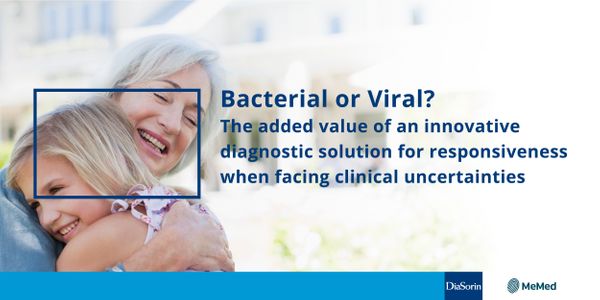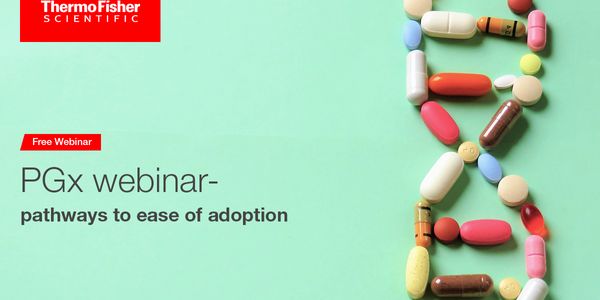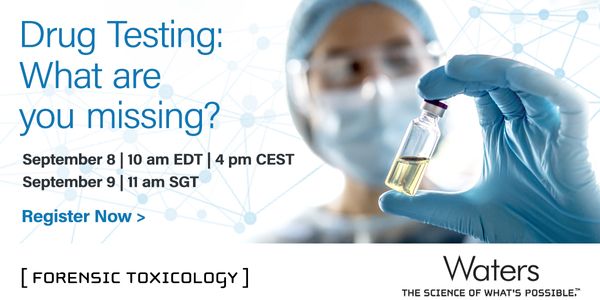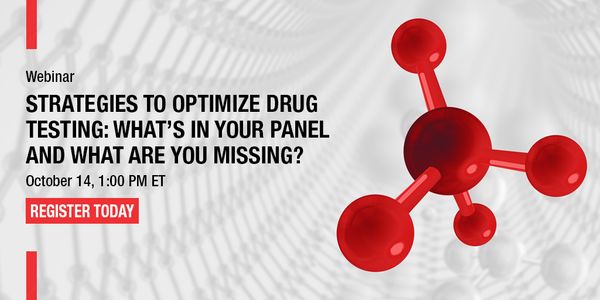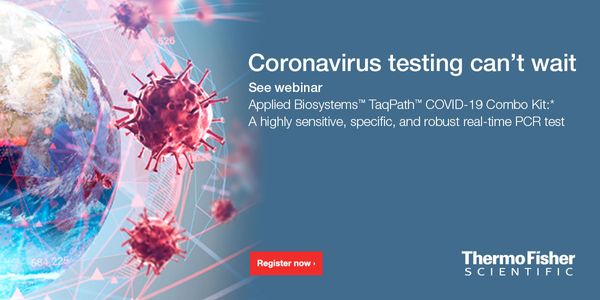Prescription Drugs
Prescription Drugs: A prescription drug (also prescription medication or prescription medicine) is a pharmaceutical drug that legally requires a medical prescription to be dispensed. In contrast, over-the-counter drugs can be obtained without a prescription. The reason for this difference in substance control is the potential scope of misuse, from drug abuse to practicing medicine without a license and without sufficient education. Different jurisdictions have different definitions of what constitutes a prescription drug.
-
NOV 29, 2022 | 6:00 AMDate: November 29, 2022 Time: 6:00am (PST), 9:00pm (EST), 3:00pm (CET) Antimicrobial resistance is an emerging problem in healthcare, and represents one of the most crucial challenges for th...NOV 09, 2022 | 10:00 AMDate: November 09, 2022 Time: 10:00am (PST), 1:00pm (EST), 7:00pm (CET) Over four billion prescriptions are issued each year in the US, many of which will cause adverse drug reactions and/or...To date, the therapeutic use of cannabinoids in chronic pain management remains controversial owing to the limited clinical evidence found in randomized clinical trials (RCTs), the heterogen...
SEP 08, 2021 | 7:00 AM
Date: September 8, 2021 Time: 10 am EDT – 4 pm CEST Advancing analytical technology serves as the foundation of our toxicology practice and the explosion in pharmaceutical and illicit...
More than 50,700 Americans died of opioid overdose in 2019, and more than 1.6 million Americans live with addiction to opioids. Moreover, more than 50 million Americans suffer from chronic p...
Speaker:
Rebecca G. Baker, PhD
, Linda L. Porter, PhD
, Jack B. Stein, PhD
Presented at: Opioid Crisis Virtual Event Series 2020
The opioid crisis is a uniquely American challenge. Many factors catalyzed this national nightmare and others continue to fuel it. This presentation delves into some of the major contributor...
Speaker:
Professor Bertha Madras (the Honorable)
Presented at: Opioid Crisis Virtual Event Series 2020
Urine drug testing has become an essential part of the management of patients with chronic pain. Testing provides objective information regarding drug compliance, diversion, and abuse to med...
OCT 14, 2020 | 10:00 AM
DATE: October 14, 2020 TIME: 10:00am PT Do you need help in planning your drug testing protocols? Did you know that a “one size fits all” approach to drug testing does not apply...
JUL 01, 2020 | 8:00 AM
DATE: July 1, 2020 TIME: 8:00 am PDT, 11:00 am EDT In late 2019, researchers identified the SARS-CoV-2 pathogen as the virus responsible for COVID-19. The virus spread rapidly throughout the...
Speaker:
Lauren Mikulski
, Vijay Singh, PhD
, Andrew Brooks, Ph.D.
Sponsored By: Thermo Fisher Scientific
The forensic investigation of crime involves answering four basic questions: who, what, where, and when. Tools exist to answer questions of who, what and where, but the question when is ofte...
Crime scene investigation is more than just processing or documentation of crime scenes, nor is it just the collection or packaging of physical evidence. It is the first step and the most cr...
The toxicology of particulate matter is complicated by characteristics not normally encountered when addressing poisonings associated with chemical substances. Particle shape, surface reacti...
The necrobiome is the community of organisms that use or are affected by decomposing organic matter. Decomposing organic matter comes in the form of dead plant matter (biomass) or that of de...

